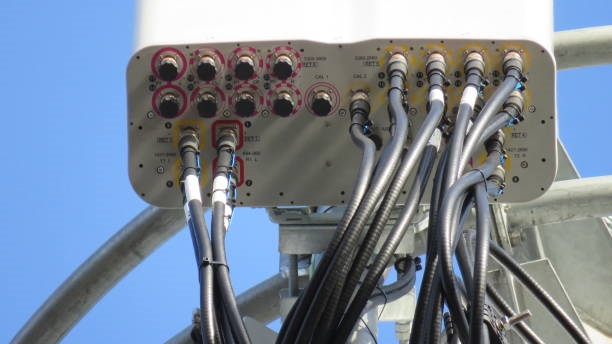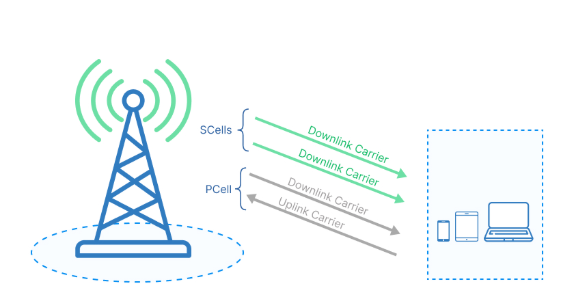2.4 GHz and 433 MHz wireless modules are common wireless communication devices that differ in frequency, transmission range, and typical application scenarios.
Key differences
- Frequency: 2.4 GHz modules operate in the 2.4 GHz band, while 433 MHz modules operate in the 433 MHz band. The 2.4 GHz band is widely used and shared with many other devices, which can lead to higher interference; the 433 MHz band typically faces less interference.
- Transmission range: Under similar transmit power and environmental conditions, 433 MHz modules generally achieve longer range than 2.4 GHz modules because the lower frequency has better penetration through obstacles.
- Data rate: 2.4 GHz modules typically support higher data rates, often several Mbps or more, making them suitable for high-speed data applications. 433 MHz modules usually offer lower data rates, commonly in the tens of kbps or below.
- Applications: 2.4 GHz modules are widely used in WLAN, Bluetooth, smart home devices, and wearables where higher data throughput is needed. 433 MHz modules are commonly used for remote controls, smart grid, wireless doorbells, and wireless sensor networks where longer range and lower power consumption are prioritized.
The choice between 2.4 GHz and 433 MHz modules depends on application requirements. Choose 2.4 GHz for higher data rates and shorter-range communication; choose 433 MHz for longer range and lower power consumption.
Usage tips for wireless transceivers
The following practices help ensure stable and reliable wireless communication when using transceiver modules:
- Select the appropriate module: Choose a module that matches requirements for frequency, range, data rate, and power consumption.
- Antenna design: Ensure proper antenna design and placement to avoid mutual interference or blockage. Verify antenna specifications and correct installation.
- Minimize interference: Avoid sources of interference and select the least congested frequency band and operating environment where possible.
- Optimize transmit power: Set transmit power according to needs. Avoid excessive power that may cause interference and avoid too low power that degrades range and stability.
- Packet structure: Design suitable packet formats, checksums, and retransmission mechanisms to ensure data integrity and reliability.
- Stable power supply: Provide a stable, low-noise power source to the module to prevent power fluctuations from affecting communication.
- Avoid signal blockage: Prevent physical obstructions from blocking signal paths during operation.
- Regular inspection and maintenance: Periodically check the module, connectors, and cabling. Clean antennas and devices as needed and maintain a suitable operating environment.
Careful module selection, proper antenna design, interference mitigation, power and packet optimization, and regular maintenance are key to improving wireless communication stability and performance.
 ALLPCB
ALLPCB







